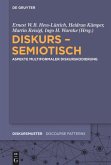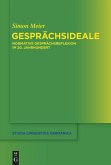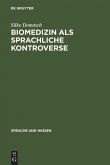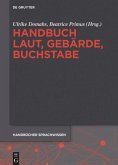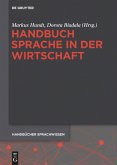Text-image combinations can authenticate events and establish a visual memory. Here this phenomenon is explored: A pragmatic theory of text-image relationships is developed and empirically tested on the example of print media reports about terrorism in the FRG during the 1970s. The analyses show how texts unambiguously illuminate the meaning of images and how photographs substantiate and intensify interpretations of spectacular events to an extent which cannot be attained through language alone. It thus becomes clear that â??terrorismâ? is not only to be understood as a kind of violence, but also as a series of media events.
Zusammenstellungen von Text und Bild können Evidenz etablieren. Dieses Diskursphänomen wird untersucht; eine pragmatische Theorie der Text-Bild-Relationen wird entwickelt und empirisch am Beispiel der printmedialen Berichterstattung über den Terrorismus der 1970er Jahre in der BRD erprobt.
Im Rückgriff auf bild-, zeichen- und diskurstheoretische Konzepte wird der Diskurslinguistik die Medialität von Ausdrucksformen erschlossen und neben der Semantik von Bildern wird das rhetorische Potential ihrer sichtbaren Gestalt in den Blick gerückt. Die Medienanalysen zeigen einerseits, wie Texte den Sinn von Bildern vereindeutigen und einzelne Fotografien zu Schlüsselbildern des 'Terrorismus' machen. Andererseits demonstrieren sie, wie Bilder von Tatorten, Tätern und Opfern den jeweiligen Deutungen der spektakulären Ereignisse eine sprachlich nicht zu erreichende Evidenz verleihen.
So ist 'Terrorismus' nicht nur als eine Form der Gewalt gegen Personen und Sachen zu verstehen, sondern zugleich als strategische Form kommunikativen Handelns und als Serie von Medienereignissen.
<
Zusammenstellungen von Text und Bild können Evidenz etablieren. Dieses Diskursphänomen wird untersucht; eine pragmatische Theorie der Text-Bild-Relationen wird entwickelt und empirisch am Beispiel der printmedialen Berichterstattung über den Terrorismus der 1970er Jahre in der BRD erprobt.
Im Rückgriff auf bild-, zeichen- und diskurstheoretische Konzepte wird der Diskurslinguistik die Medialität von Ausdrucksformen erschlossen und neben der Semantik von Bildern wird das rhetorische Potential ihrer sichtbaren Gestalt in den Blick gerückt. Die Medienanalysen zeigen einerseits, wie Texte den Sinn von Bildern vereindeutigen und einzelne Fotografien zu Schlüsselbildern des 'Terrorismus' machen. Andererseits demonstrieren sie, wie Bilder von Tatorten, Tätern und Opfern den jeweiligen Deutungen der spektakulären Ereignisse eine sprachlich nicht zu erreichende Evidenz verleihen.
So ist 'Terrorismus' nicht nur als eine Form der Gewalt gegen Personen und Sachen zu verstehen, sondern zugleich als strategische Form kommunikativen Handelns und als Serie von Medienereignissen.
<




